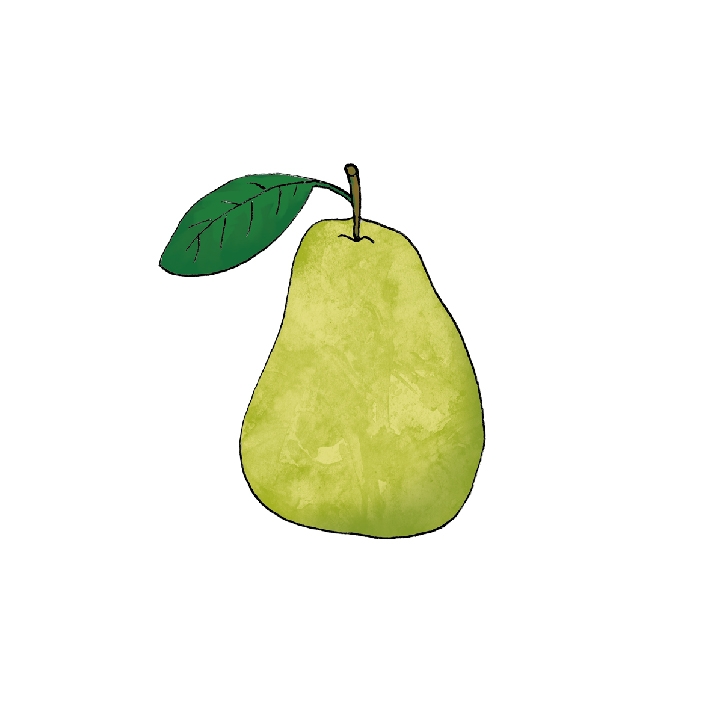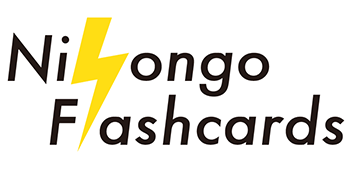果物 (くだもの)
Fruits in Japanese

りんご
apple

洋梨
pear

みかん
clementine

桃
peach

ぶどう
grape

梨
Asian pear

さくらんぼ
cherry
5-Minute Fruit Break
Speaking of fruit, have you tried Sakuma drops?
They’re fruity hard candy that has been around since 1948. (The retro graphics and tin can!) The candy-size opening at the top allows you to take out one candy at a time—which means you never know which flavor you’ll get. ドキドキ! Eight colors and eight flavors—can you name them all?
*The packaging says 果汁入り which means “with fruit juice”.
Back to Fruit names…
For listening and practicing:
・Watch the video and listen to the pronunciations.
・Print and make your own Nihongo fruit flashcards here.
Or practice with Quizlet. This set is free! You can get access to a whole set of essential Japanese words here.
Review:
いちご strawberry
オレンジ orange
かき persimmon
キウイ kiwi
さくらんぼ cherry
ザクロ pomegranate
すいか watermelon
なし Asian pear
パイナップル pineapple
バナナ banana
びわ loquat
ぶどう grapes
みかん clementine
メロン melon
もも peach
ゆず yuzu
ようなし pear
りんご apple
レモン lemon
FAQ: What’s the rule for writing in hiragana or katakana?
The standard rule is to write native Japanese words in hiragana and 外来語 (gairaigo), foreign borrowed words, in katakana. However, in biological contexts, fruits, vegetables, plants, and animals are written in katakana. You will often see Japanese fruit and vegetable names written in katakana in supermarkets and farmer’s markets.
If you’re ready for more:
Learn vegetables names in Japanese here, and learn how to count fruits and vegetables in Japanese in the video.




















